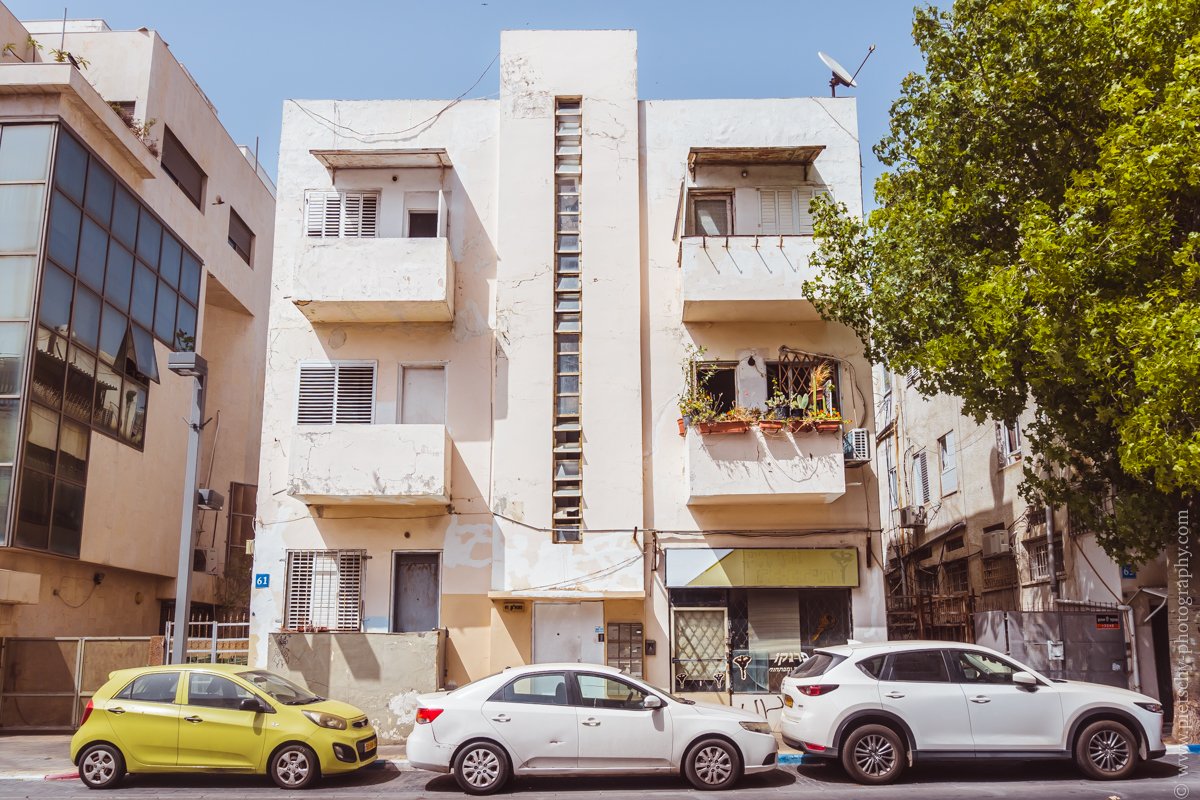The hidden gems of Tel Aviv's Bauhaus architecture
The hidden gems
In a world where trends change faster than the blink of an eye, it's easy to get swept up in the excitement and overlook anything that doesn't seem new or flashy. However, just because something is labeled as outdated does not mean it has lost value or usefulness. Many things from the past still hold immense worth and offer benefits that modern options cannot match.
The key lies in taking a closer look at these supposedly old-fashioned items instead of dismissing them outright. By dusting off their surfaces and examining what lies beneath, you may uncover hidden gems that have been overlooked amidst the obsession with everything shiny and new.
So why not pause for thought? Consider what those so-called outdated offerings might actually bring to your life - you just might be pleasantly surprised by what you find when you approach them with fresh eyes!
Tel Aviv’s Bauhaus architecture
Tel Aviv is often celebrated for its vibrant culture, beautiful beaches, and thriving nightlife. However, many people may not realize that Tel Aviv is also home to a significant architectural treasure - the Bauhaus buildings. The Bauhaus movement, which emerged in Germany in the early 20th century, focused on combining art, craft, and technology to create functional yet aesthetically pleasing designs. In Tel Aviv, this movement's principles have found a unique expression.
In the 1930s, Jewish architects who fled Nazi Germany brought the Bauhaus style to Tel Aviv, imbuing the city with a distinctive architectural identity. Today, Tel Aviv boasts the world's largest collection of Bauhaus buildings, earning it the nickname "The White City." These buildings, characterized by their clean lines, flat roofs, and white facades, blend seamlessly with Tel Aviv's modern landscape, creating an atmosphere of elegance and innovation.
Hi there, I'm Stefanie, the photographer, and author of the blog post you're reading now.
Search blog

